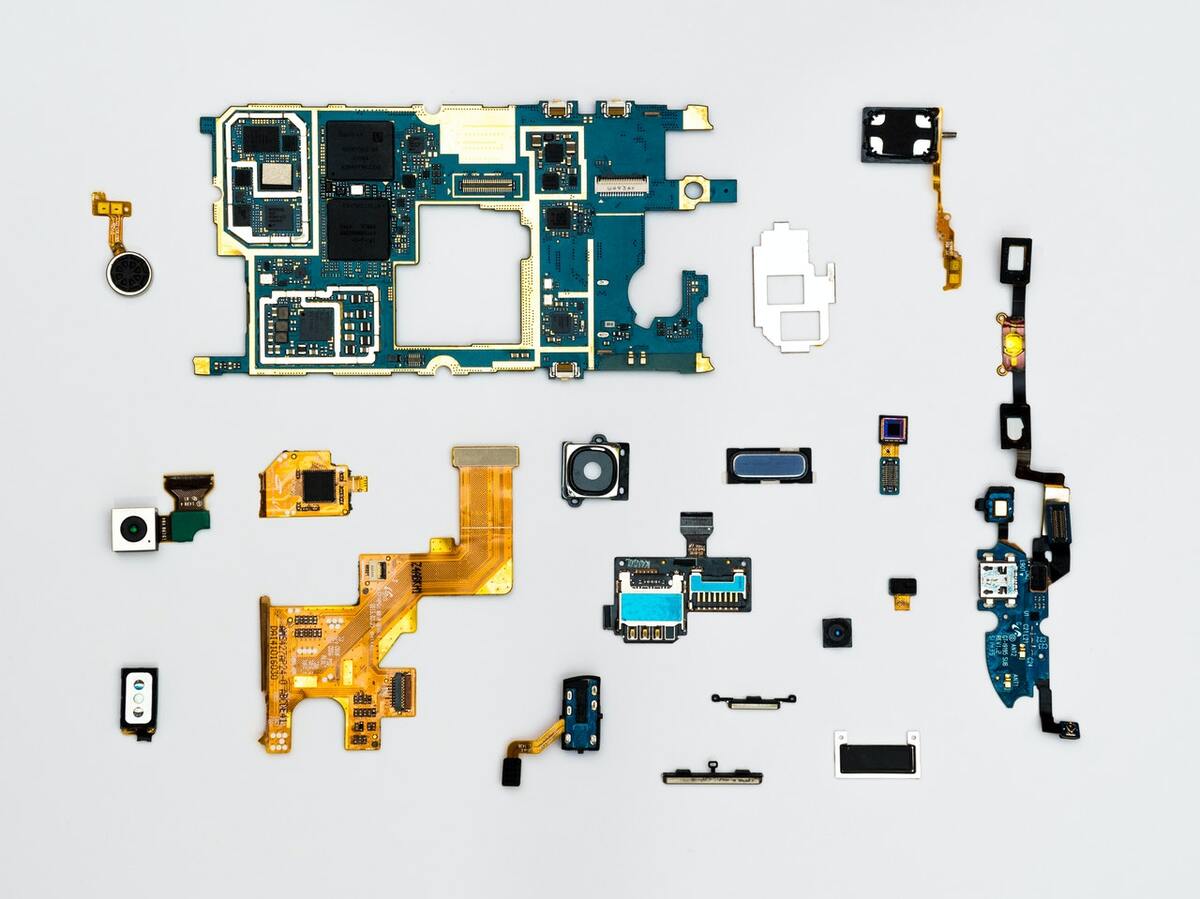The Impact of Construction Automation on Sustainability

The pandemic caused increasing eco-consumerism. A housebound lifestyle exposed various individuals to their waste generation habits, sparking a need for sustainable solutions. Many homes adopted energy-efficient smart technology and other automated devices.
As the world re-opens and construction projects proceed, companies must meet eco-consumer demands. They may utilize automated devices, limiting greenhouse gas emissions and increasing sustainability. Environmental engineers constantly develop new automated machines, and construction companies need to explore their eco-friendly options and benefits.
Renewable Energy Construction
Automation helps professionals construct and install renewable energy devices. For example, drones are instrumental in the wind power industry. They can guide workers through the installation process and detect any efficiency issues.
Drones can reach heights of 400 feet, allowing them to examine an entire turbine. Wind turbines generally reach 280 feet, limiting a human’s ability to evaluate construction problems safely and efficiently.
Wind turbine climbs are dangerous, putting workers’ lives at risk. In 2016, the U.K. experienced 163 wind power-related accidents, and five resulted in death. Drones protect human safety, allowing them to remain on the ground while evaluating and conducting turbine repairs and construction.
Automated drones also conduct offsite construction evaluations. When building a solar roof, professionals can ensure the efficiency and stability of a system by flying a drone over the structure. Sending a renewable energy-charged device on-site could eliminate greenhouse gas emissions.
Many construction companies’ offices are far from a building location. The quantity of transportation emissions decreases a business’s sustainability. Drones can shrink a company’s carbon footprint by reducing greenhouse gas releases.
3D Printed Buildings
3D printing is a new technology in the construction industry. Companies are working on building whole structures through 3D machines. This autonomous technique may minimize pollution, decrease injuries, and reduce costs and time.
Businesses construct 3D buildings offsite through the modular method. Modular construction generates multiple structures in one place, using excess materials from one project on another. The recycling and conservation of materials decrease a company’s waste generation.
The construction plant also contains storage for unused materials, where on-site professionals may dispose of them due to limited space. When businesses develop multiple 3D projects in one place, they reduce greenhouse gas emissions as well. When autonomous technology finishes modular construction, workers transport the project in one trip, limiting air pollution by 90% annually.
Eco-Friendly Construction Vehicles
Various companies are developing electric construction vehicles. Caterpillar and Pon Equipment recently collaborated on a project, generating an electric 26-ton excavator. It has one 300-kilowatt-hour battery fueling the entire machine.
The project director calculated their emission savings when using the eco-friendly technology. They can reduce their carbon emissions by 52 tons, helping lead the way for construction sustainability.
Companies automate electric construction machinery like other devices in the industry. A combination of artificial intelligence (AI) guidance and human-driven movements significantly lowers greenhouse gas emissions. The technology increases worker safety and sustainability.
Self-driving vehicles are more efficient than their human-driven counterparts. We can program these devices, decreasing their power use, limiting stalling and quick acceleration. Automated construction vehicles can reduce energy consumption between 90% and 200% per project.
Efficiency and Waste Reduction
Conventional building and construction methods account for 39% of global energy-related carbon emissions. Autonomous machinery can work faster at repetitive tasks, increasing their efficiency and decreasing pollution.
When professionals work longer on-site, they run fossil fuel-powered equipment for extended periods, creating more greenhouse gas emissions. Autonomous technology reduces break times and delays, preventing excess atmospheric pollution. They are also more accurate, further speeding up construction times.
Robots and programmable equipment are much more precise than even the most efficient human workers. They make fewer mistakes, saving time and resources. In industrial settings, for example, 95% of drum handling injuries can be eliminated with upgrades to proper equipment. Automated machinery and processes are more forgiving than human error, leading to reduced downtime and reduced injuries for human workers,
Automation in modern machinery limits waste generation, increasing sustainability.
Reinventing the Construction Industry
Eco-friendly autonomous machinery calls for alterations in the construction industry. Sustainability considers more than environmental impacts. It also evaluates economic viability.
Without economic return, sustainability is unadoptable by capitalistic communities. We must support jobs while decreasing greenhouse gas emissions, meeting the goal of the Paris Agreement. Rather than replacing human construction workers with robots, we must learn to meld the two units.
Workers and machines will work as a hybrid unit, increasing construction efficiency and decreasing global pollution. Professionals expect the number of building jobs to grow, adding 200 million new positions by 2030. Their predictions align with hybrid industry efforts.
The Next Step
As technology advances and eco-consumer demands grow, construction companies must adopt sustainable practices. Society is placing automated devices in homes, reducing temperature control emissions and general energy use. The next viable step is utilizing the same technology to construct commercial and residential structures.



